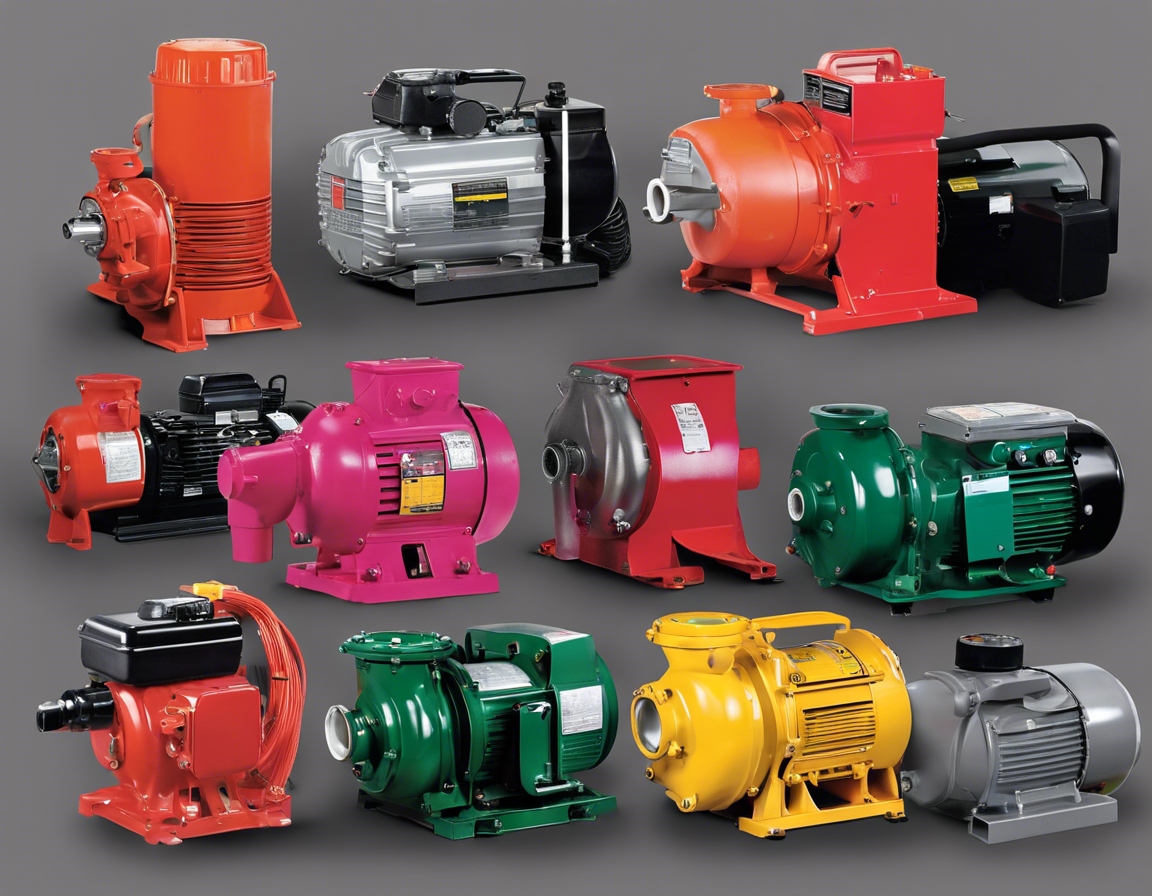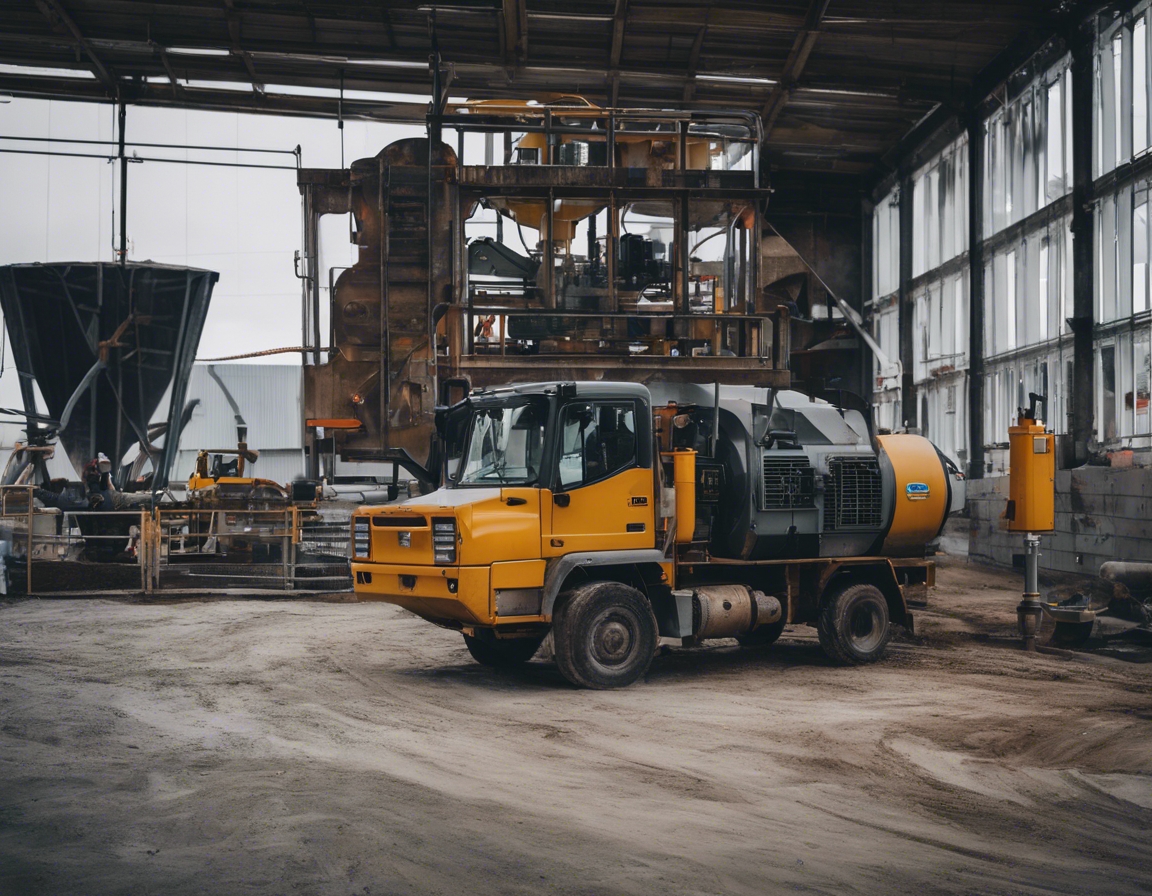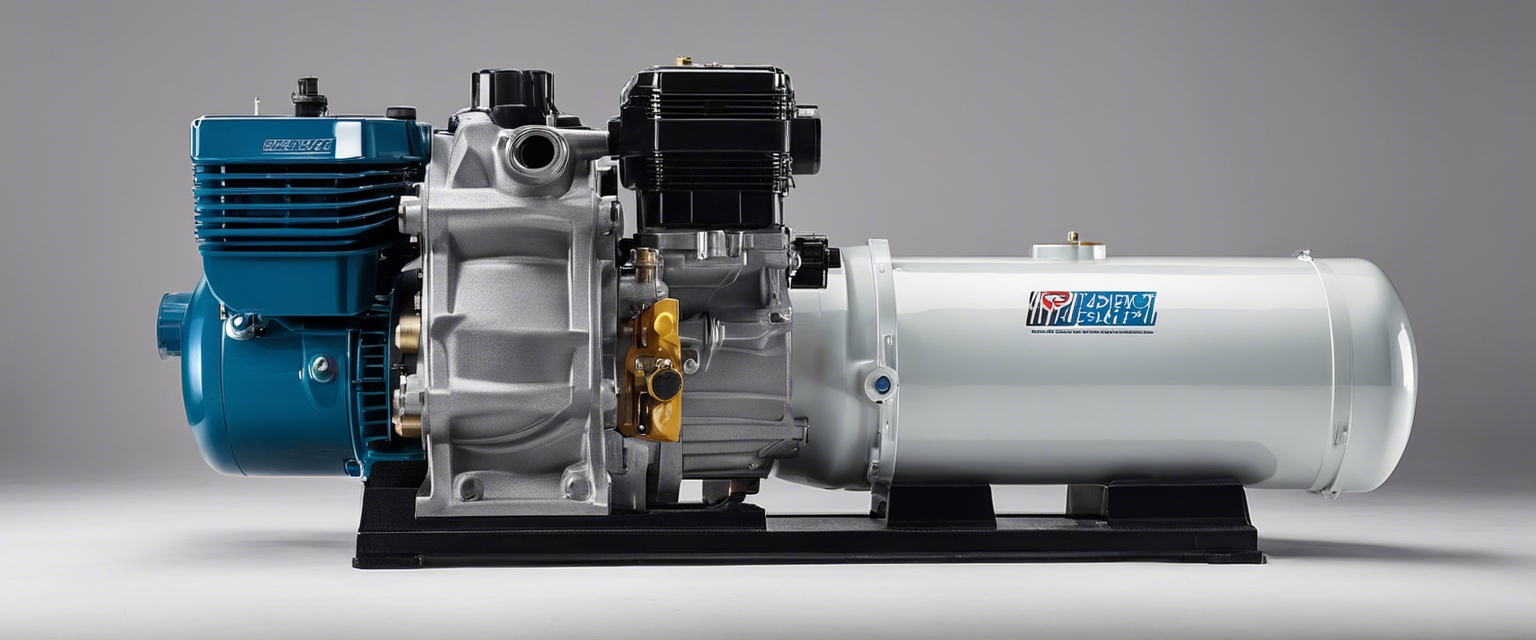Mastering the art of agricultural building
Agricultural buildings are the backbone of any farming operation. They provide essential space for the storage of produce and equipment, housing of livestock, and sometimes processing and selling of agricultural products. The design and construction of these structures must be approached with care to ensure they meet the specific needs of the farm and withstand the test of time.
From traditional barns to high-tech greenhouses, agricultural buildings have evolved to meet the changing demands of farming. This evolution reflects advancements in materials, construction techniques, and the integration of technology in agriculture.
Key Considerations in Agricultural Building Design
Before embarking on a new construction project, it's crucial to assess the specific needs of your operation. This includes considering the size, type of production, and future growth plans. A well-thought-out design can enhance efficiency and productivity.
Selecting the right building materials is essential for the durability and efficiency of your agricultural structure. Materials should be chosen based on the local climate, the type of agricultural activities, and sustainability considerations.
Modern agricultural buildings often incorporate technology to optimize farming operations. This can include automated feeding systems, climate control for greenhouses, and energy-efficient lighting.
Planning and Construction Phases
Choosing the right site is critical for the success of your agricultural building. Factors such as soil stability, drainage, access to utilities, and exposure to natural elements must be considered.
The design of your agricultural building should balance functionality with aesthetics. A well-designed building not only serves its purpose but also adds value to your property.
Compliance with local building codes and regulations is mandatory. This includes obtaining the necessary permits and ensuring that the construction is carried out according to local standards.
Building for the Future: Sustainability and Innovation
Sustainable building practices are becoming increasingly important in agriculture. This includes using renewable energy sources, sustainable materials, and designing buildings to minimize environmental impact.
Innovation in agricultural building design can lead to improved efficiency and productivity. This can involve the use of new materials, construction methods, and technologies that are tailored to the needs of modern agriculture.
Maintaining Your Agricultural Building
Regular maintenance is key to ensuring the longevity of your agricultural building. This includes routine inspections, repairs, and updates to keep the structure in top condition.
Agriculture is a dynamic industry, and buildings may need to be adapted over time to accommodate new practices or changes in production. Flexibility in design can facilitate these changes with minimal disruption.






Comments (0)